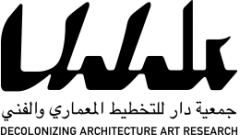Justification for Inscription
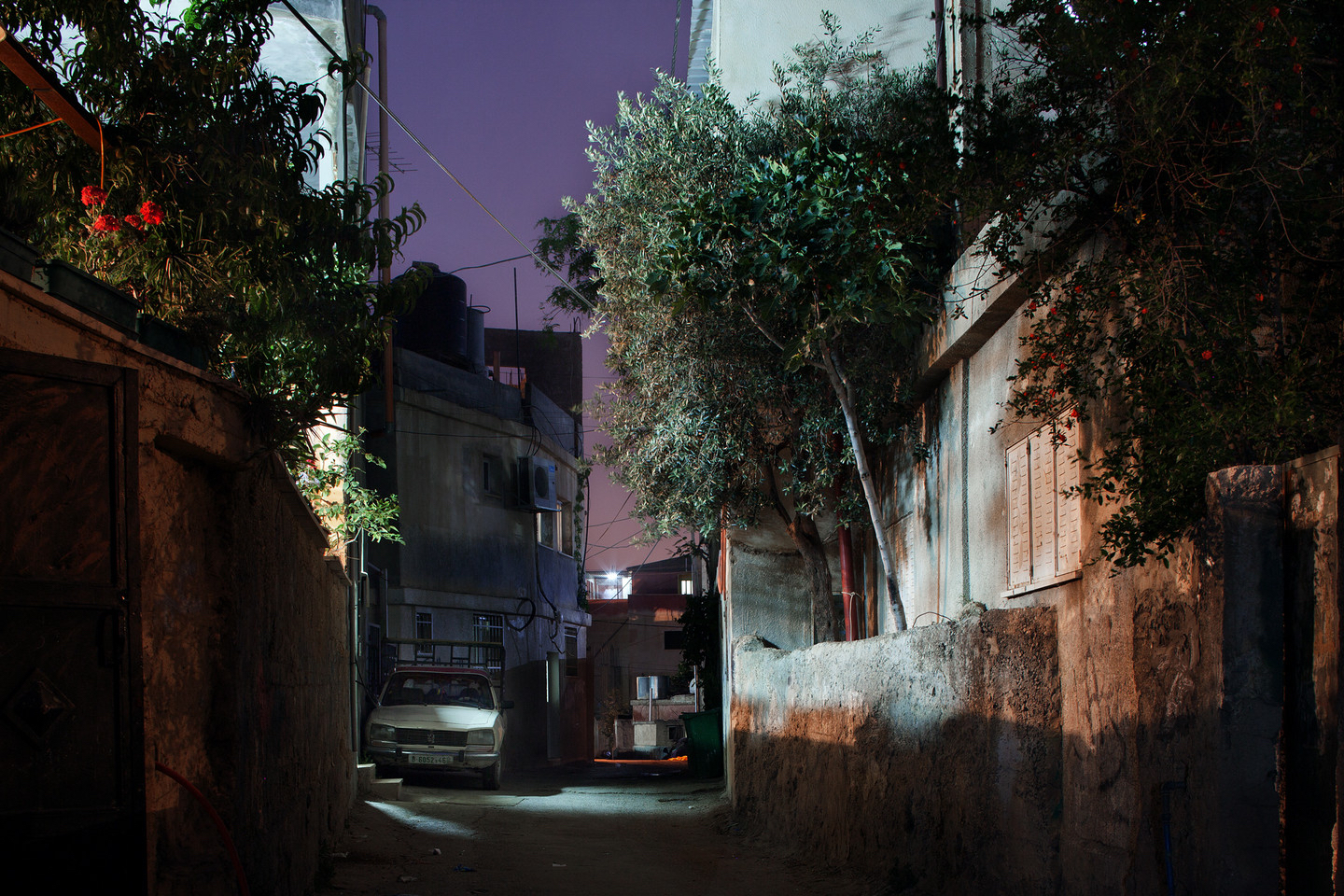
In order to inscribe a site in the World heritage list, the property should have outstanding universal values, defined as “cultural and/or natural significance which is so exceptional as to transcend national boundaries and to be of common importance for present and future generations of all humanity.
—UNESCO Operational Guidelines
In order to be eligible for inscription on the List, nominated properties must meet at least one of the criteria, and shall therefore:
(I) Represent a masterpiece of human creative genius;
(II) Exhibit an important interchange of human values, over a span of time or within a cultural area of the world, on developments in architecture or technology, monumental arts, town planning or landscape design;
(III) Bear a unique or at least exceptional testimony to a cultural tradition or to a civilization which is living or which has disappeared;
(IV) Be an outstanding example of a type of building or architectural or technological ensemble or landscape which illustrates (a) significant stage(s) in human history;
(V) Be an outstanding example of a traditional human settlement, land-use, or sea-use which is representative of a culture (or cultures), or human interaction with the environment especially when it has become vulnerable under the impact of irreversible change;
(VI) Be directly or tangibly associated with events or living traditions, with ideas, or with beliefs, with artistic and literary works of outstanding universal significance (The Committee considers that this criterion should preferably be used in conjunction with other criteria);
(VII) contain superlative natural phenomena or areas of exceptional natural beauty and aesthetic importance;
(VIII) be outstanding examples representing major stages of earth’s history, including the record of life, significant on-going geological processes in the development of landforms, or significant geomorphological or physiographic features;
(IX) be outstanding examples representing significant ongoing ecological and biological processes in the evolution and development of terrestrial, fresh water, coastal and marine ecosystems and communities of plants and animals;
(X) contain the most important and significant natural habitats for in-situ conservation of biological diversity, including those containing threatened species of outstanding universal value from the point of view of science or conservation.—UNESCO World Heritage Committee
3.1.a Brief synthesis
Dheisheh Refugee Camp is nominated for inscription on the World Heritage list according to criteria IV and VI.
(IV) Dheisheh Refugee Camp typologically embodies the memory of the Nakba, the longest and largest living displacement in the world today, and is at the same time the expression of an exceptional spatial, social and political form.
(VI) Dheisheh Refugee Camp is associated with an exceptional belief in the right to return that has inspired both refugees and non-refugees from around the world in the struggle for justice and equality.
3.1.b Criteria under which inscription is proposed (and justification for inscription under these criteria)
IV. TYPOLOGY
The Nakba is an unbound and ongoing event of displacement. As its physical expression and material evidence, Dheisheh Refugee Camp represents the suffering of millions of Palestinians. Palestinian refugee camps remain a fundamental issue undermining peace between states, cultures and religions in the region. The camp itself is the materialization of a crime and is in itself a question that calls for justice, land restitution and a change of power relations. In a moment in history in which sixty million refugees around the world are actively navigating identities defined by their exclusion from statehood, Dheisheh offers a historical perspective onto the contemporary condition of refugeehood and culture of exile.
The perpetuation of legal exceptionality in Dheisheh has created a unique urban condition. The camp is not ephemeral, but it is not a city either. Refugees forced to live in this suspended condition have developed distinctive systems of civic management outside of state and municipal institutions. The camp exists in a limbo where fundamental juridical categories such as public and private do not and cannot exist. Despite the fact that refugees build their own homes and have lived in them for generations, they cannot technically own their house or the land it sits on. This has led to the development of an exceptional form of life in common: al masha.
The camp’s inhabitants follow an underlying system of informal processes and interpersonal negotiations to make decisions concerning both individual and collective problems. These self-regulated means of conflict management and resolution did not emerge by choice, but rather in the absence of official mechanisms and as a reaction to decades of military and police violence. Constant internal debate—over building new houses, extending properties, encroaching onto pathways and alleys, closing streets for celebrations, etc.—has played a great role in shaping the camp.
The camp is subdivided by the inhabitants into different neighborhoods that maintain the name of their places of origin: Zakaria, Ras Abu Amara, Al Walajeh, Beit Jibrin, and Beit I’tab. Within the camp, there is great value placed on social capital. Norms that have helped deal with adversity over time, such as collective participation and the maintenance of social relations between families, are strongly respected. Networks of mutual support have emerged, like the “economic safety net” set up by families originating from the village of Zakaria, who regularly pay a certain amount of money into a communal fund that can be accessed for accessing higher education.
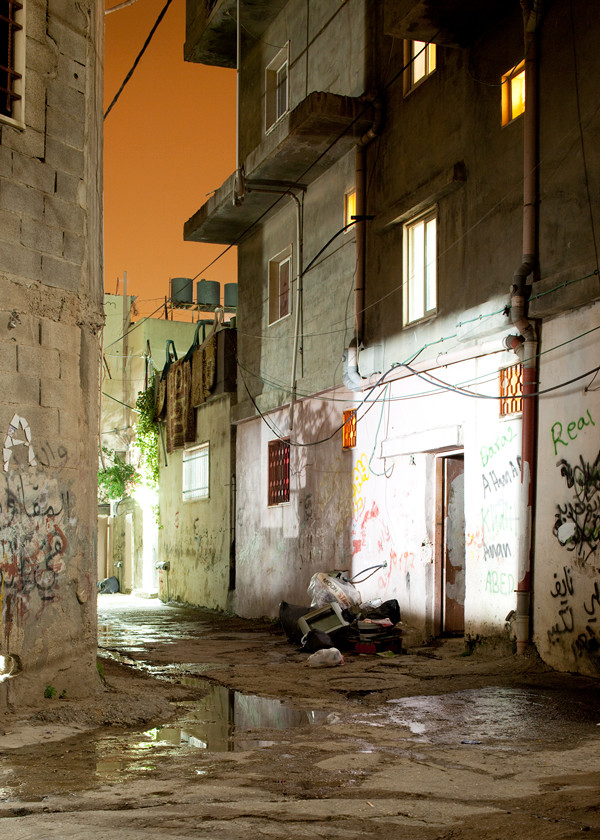
VI. ASSOCIATIONS
Dheisheh is not only representative of the strength of millions who resisted annihilation and erasure from history through their immutable belief in the right of return, but is also where we can understand the right of return as essentially the claim for the freedom of movement and the freedom to decide where to live. Refugees are forced to identify either with their village of origin or their site of exile. Yet how can one ask a young refugee born in a camp in Lebanon whether she is more Palestinian or Lebanese? The belief in the right of return opens a different political space that allows refugees to be multinational: Palestinian and Lebanese; Palestinian and Jordanian; Palestinian and Syrian, Palestinian and… The aspiration for return is a civic form of cohabitation that is not based on ethnic, cultural or religious division, but instead involves all states where exiled Palestinians live.
Palestinian refugee camps are the only space through which we can start to imagine and practice a political community beyond the idea of the nation-state. Refugee camps are by definition exceptional spaces, carved out from state sovereignty. Since their creation in 1949 and 1967, Palestinian refugee camps have been directly excluded by the creation of national boundaries. As the Outstanding Universal Value of a World Heritage property depends on its ability to “transcend national boundaries,” Dheisheh transcends these boundaries through its lived reality of statelessness, refugeehood, and exile.
3.1.c Statement of Integrity
The integrity of Dheisheh is marked by a consistent and purposeful act of collective refusal. From the very beginning, several actors have exercised their power to preserve the camp as it is. The camp therefore became a battlefield, where every transformation—from something as simple as opening a window to changing a roof—has served as a political statement about the right of return. Its integrity has been preserved not by freezing the development of the camp but rather by its transformation and continual opposition to normalization and resistance to settling (tawtin). Dheisheh’s social fabric furthermore draws strength from its refusal to integrate into the urban life of Bethlehem. The camp is thus an architecture of exile; its reality is double. Dheisheh’s existence is the material connection to other places: the place of origins.
3.1.d Statement of Authenticity
The camp has an undisputable origin in the Nakba of 1948 and the forty-six villages families were relocated from. The original urban structure of the camp was a military-like grid adapted to the topography. Without municipal involvement and state governance, residents were largely left to determine the evolution of their urban environment according to the values they themselves willed. Over time, the grid has been modified, contested and absorbed by the lives of its inhabitants. In adapting to urban conditions, unique systems of civic management were developed to preserve elements of the rural cultures residents brought with them.
In opposition to the city, Dheisheh has developed a unique spatial and social structure. It is an entirely distinct property system where refugees own the right to live in a house, but not the land itself. The high density of the camp gives it a similar feeling to a historic town center, with small alleys and tightly woven social relationships. The architecture of Dheisheh can be characterized as “low profile,” in that any bold formal gesture is interpreted as a statement against the right of return. Dheisheh’s basic materiality is constituted by cement blocks. The low cost and versatility of the material allowed refugees to replace UNRWA shelters with more durable structures. The simplicity of the blocks enables the camp to maintain its form and design as both permanent and temporary. Always on the verge of being destroyed, Dheisheh’s half-constructed, half-ruined form serves to oppose settlement and protect the right of return.
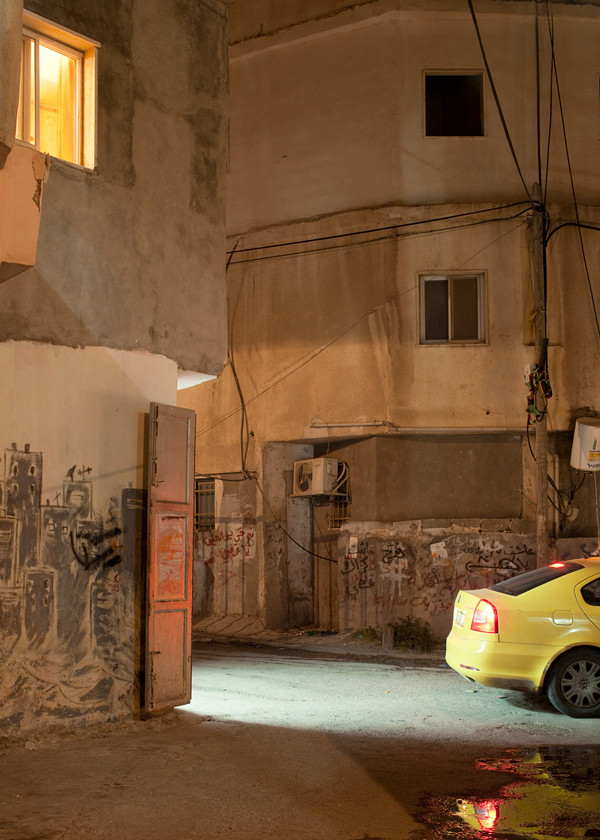
3.2 Comparative Analysis
Palestinian refugee camps hold the oldest refugee population in the world at the global center of religious, cultural, imperial and geopolitical interests. In order to compare Dheisheh with other sites we first need to trace the colonial origins of the refugee camp. The first camps created to regulate entire populations first appeared in European-controlled territories between the late nineteenth and the early twentieth centuries with the intention to bulwark against potential rebellions. Those interned by the Belgians in the Congo and the Spanish in Cuba were indigenous peoples, a population without rights who were never granted citizenship by colonial authorities. The population interned by the British in South Africa was, in contrast, not made up of natives but rather of white Europeans from a former colonial power. The official justification for confining one hundred and twenty thousand Boers in camps was to protect those Boers who did not participate in the ongoing revolt. In spite of these “benevolent” intentions, more than twenty thousand non-combatant civilians died in the camps. Indeed, the concentration and confinement of a population within a small space is often justified by the will for a colonial power to “take care” of the internees.
As a form of rule, the socio-spatial typology of the camp is common among colonial histories: from the German colonization of what is now Namibia and the Italian concentration camps set up in Libya to the villages built in Algeria during the French occupation and those in Kenya by the English. But it is not until the concentration camps built during the Second Boer War where we can glimpse what would later become a diffuse phenomenon: the use of camps to control citizens of the state. The internment of entire populations became Europe’s “solution” not only to colonial resistance, but with the two world wars, to the waves of refugees and stateless peoples “back home.” The first European concentration camps appeared in Holland to “welcome” Belgian refugees after the German invasion in 1914. After spreading to England, France and beyond, by the thirties the internment camp seemed to be, in the words of Hannah Arendt, the only “country the world had to offer the stateless.”
Colonial camps produced a new type of population, one perceived to be—by definition—hostile, and composed of undesirable, dangerous, suspicious individuals who needed to be kept under control simply because they belonged to a particular tribe, religion or ethnicity. Yet it is in the basic transformation of a people into a population—a statistic to be governed—that we begin to see the possibility for extermination. It is in this historical context the two most extreme camp-forms of the twentieth century were created: the death factories of the Nazi lagers and the “new slavery” of the Soviet Gulags. Yet the effects of the camp did not remain confined within barriers and barbed wire, but pervaded the city. Disenfranchisement practices such as denationalization or the revocation of rights became common in France starting as early as 1915, in the Soviet Union starting in 1921, in Belgium in 1922, in Italy in 1926, and in Germany beginning in 1935. By diffusing exceptionalism throughout the space of society, the camp as an experimental form of governance has politically corroded the structural relationship citizens have with their state.

The history of Palestinian Camps is fundamentally tied to this colonial history of camps. Among the most important nominations that signaled a turning point in the perception of World Heritage as a celebration of “positive human values” is the 1979 nomination of Auschwitz Birkenau, whose Statement of Significance reads:
The site is a key place of memory for the whole of humankind for the holocaust, racist policies and barbarism; it is a place of our collective memory of this dark chapter in the history of humanity, of transmission to younger generations and a sign of warning of the many threats and tragic consequences of extreme ideologies and denial of human dignity. Between the years 1942-1944 it became the main mass extermination camp where Jews were tortured and killed for their so-called racial origins. In addition to the mass murder of well over a million Jewish men, women and children, and tens of thousands of Polish victims, Auschwitz also served as a camp for the racial murder of thousands of Roma and Sinti and prisoners of several European nationalities.
Similarly, the Island of Gorée is described as: “an exceptional testimony to one of the greatest tragedies in the history of human societies: the slave trade. The island of Gorée lies off the coast of Senegal, opposite Dakar. From the 15th to the 19th century, it was the largest slave-trading centre on the African coast. Ruled in succession by the Portuguese, Dutch, English, and French, its architecture is characterized by the contrast between the grim slave-quarters and the elegant houses of the slave traders. Today it continues to serve as a reminder of human exploitation and as a sanctuary for reconciliation.”
In both of these cases, nominated under Criteria VI as associative “evidence,” World Heritage becomes a way of dealing with the world’s most heinous crimes and events. Both Auschwitz Birkenau and Gorée serve as interesting comparisons to Dheisheh. Like both cases, Dheisheh is the site of a crime, yet one for which the time of reconciliation and commemoration has not yet arrived. It is therefore important to emphasize the cultural dimension of the nomination, the culture of exile.
Dheisheh also contains the expression of resistance as both materially and immaterially significant, similar to the site of Le Morne in Mauritius, which serve as: “an exceptional testimony to maroonage or resistance to slavery in terms of the mountain being used as a fortress to shelter escaped slaves, with physical and oral evidence to support that use. The dramatic form of the mountain, the heroic nature of the resistance it sheltered, and the longevity of the oral traditions associated with the maroons, has made Le Morne a symbol of slaves’ fight for freedom, their suffering, and their sacrifice.”
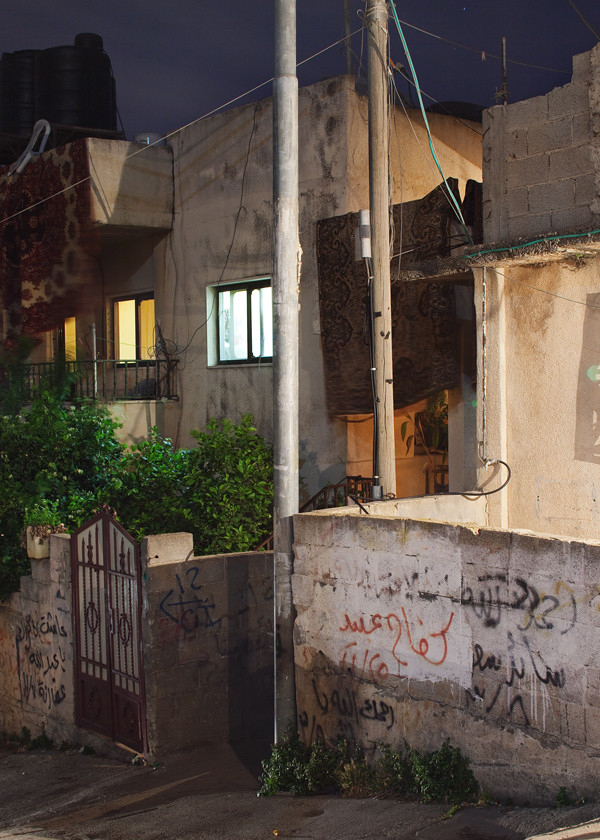
Australian Convict Sites “illustrate an active phase in the occupation of colonial lands to the detriment of the Aboriginal peoples, and the process of creating a colonial population of European origin through the dialectic of punishment and transportation followed by forced labour and social rehabilitation to the eventual social integration of convicts as settlers.” Both Dheisheh and the Australian convict sites are architectural ensembles illustrating forced displacement and imprisonment. However, they are not nominated for the culture that arose within them, but rather for the “living conditions” and the architectural exhibition of the development of punitive strategies on a global scale. While both serve a direct purpose for a colonial regime trying to expand, their productive mechanisms differ. In Dheisheh, people were removed to make room for the colonial apparatus, whereas in the convict sites people were transplanted to carry out its needs. Seen together, the two make up both sides of the settler-colonial coin: the British convicts became settlers, and the Palestinians became refugees.
In relation to Criteria IV as an “example of a type of building, architectural or technological ensemble or landscape which illustrates (a) significant stage(s) in human history,” Dheisheh’s urban form and its associated urbanism resonate with the city of Venice. According to its statement of Outstanding Universal Value, Venice has its origin in the “5th century when Venetian populations, to escape barbarian raids, found refuge on the sandy islands of Torcello, Jesolo and Malamocco. These temporary settlements gradually become permanent and the initial refuge of the land-dwelling peasants and fishermen become a maritime power.” Venice is further described as an “incomparable series of architectural ensembles … and presents a complete typology of medieval architecture, whose exemplary value goes hand-in-hand with the outstanding character of an urban setting which has to adapt to the special requirements of the site.” The urban fabric of Dheisheh contains the oldest living traces of contemporary refugeehood and represents a radical urbanism that emerged through years of political exception. It is an expression of the creativity and resistance of millions of women and men to the unique political conditions of the site.
Alessandro Petti
